-
Services
Featured Specialties
-
Locations
Location Type
-
Patients & Visitors
The recent integrations of Milford Hospital and L+M Healthcare (comprised of Lawrence + Memorial and Westerly Hospitals) into Yale New Haven Health illustrate the benefits to patients, employees and the community that have come with joining the system.
In line with its mission, Yale New Haven Health (YNHHS) has focused on bringing a higher level of care to each of these hospitals through investments in infrastructure, people, and clinical growth.
In the words of Patrick Green, President and CEO of L+M Healthcare, “There is no question that we were focused on stabilizing the organization, but more importantly, we raised the level of care and trust in the community.” At the time of the integration, LMH was losing approximately $40 million a year, and a number of service areas were teetering on the brink of disruption.
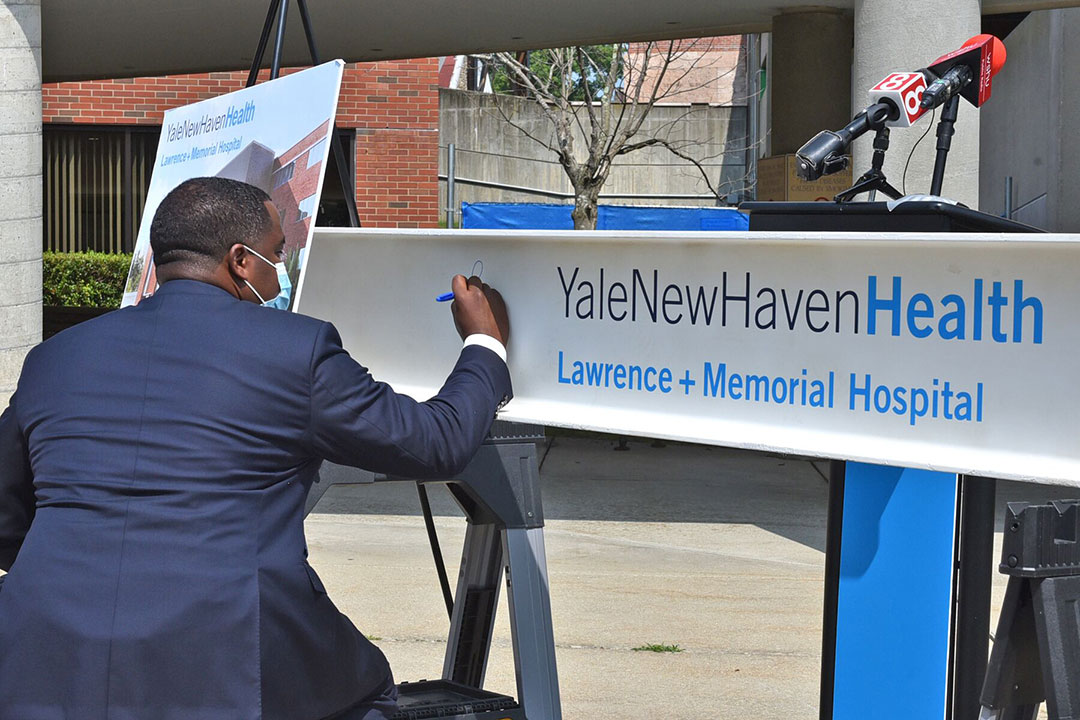
Green points to the investments that Yale New Haven Health has made not only in clinical growth, but in the surrounding community itself. A signature investment is the $84 million Emergency Department renovation at L+M Hospital (to be completed in 2024) – one of the largest capital projects in the hospital’s history. The expansion will result in a state-of-the-art facility, 53 private treatment rooms and a distinct emergency crisis unit.
Women’s Health – and protecting access to a labor and delivery physician group – is another area that YNHHS has prioritized. “We partnered with Yale School of Medicine and recruited physicians to build our own labor delivery group to ensure the women in this community get the care they need,” notes Green.
At Westerly Hospital (also part of L+M), investments also include the opening of an 18-bed geriatric psychiatry unit, followed by a 6,500 sq ft Smilow Cancer Care Center.
In addition to recruiting more than two dozen primary care physicians L+M has been able to focus on significantly growing specialty areas, through the recruitment of approximately 45 specialist physicians across urology, cardiology, oncology and neurology. This is in addition to the access that L+M now has to specialty areas through its affiliation with an academic health center.
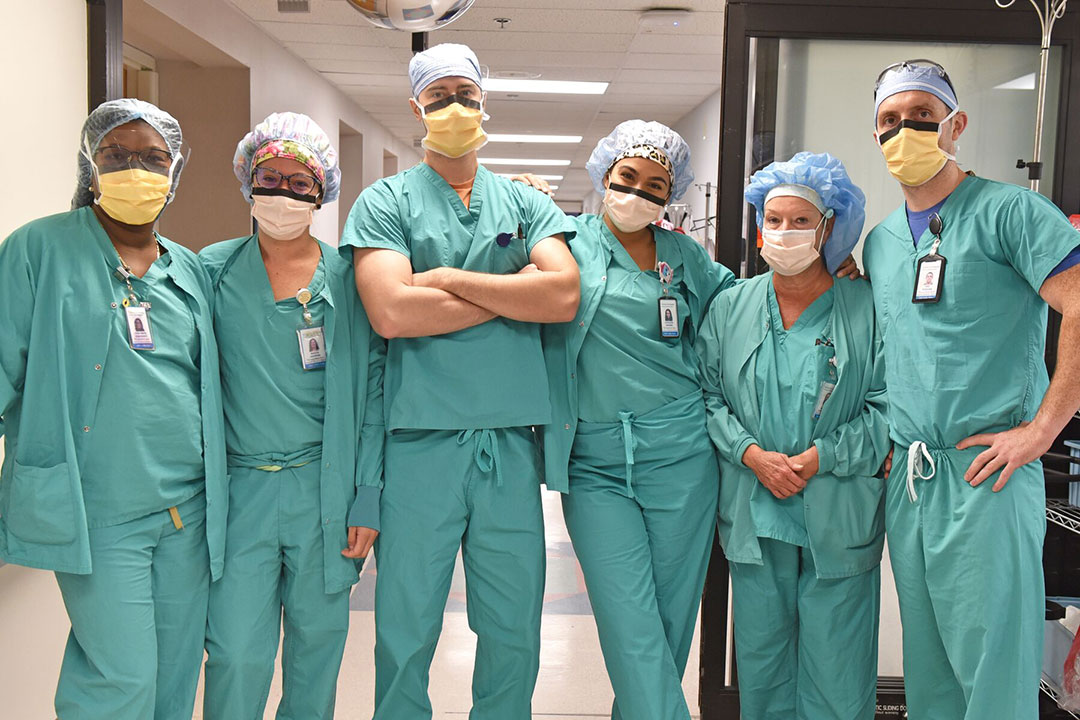
“Coming out of the affiliation, as a small community, we were suddenly able to access world class specialists in New Haven by implementing telehealth technology in our Emergency Departments and in our ICUs. We were able to take advantage of critical care physicians in New Haven who could communicate with our physicians and nurses – that was a huge benefit to our quality and safety. Ultimately, we became a certified Primary Stroke Center because of that type of investment and access to telestroke,” says Green.
For LMH, these investments have equated not only to better quality care, but the ability to serve more patients across the community. In 2017, L+M had 13,379 inpatient encounters and 312,561 outpatient encounters. In 2021, those numbers grew to 20,805 and 481,265 respectively.
Reflecting on Milford’s integration into Bridgeport Hospital and into the Yale New Haven Health System, Anne Diamond, President of Bridgeport Hospital, emphasizes the importance of access to academic medicine. “Being able to leverage the Yale New Haven Health Care Signature was a gamechanger.”
The Care Signature is the stamp of the highest-quality care delivered by every caregiver in the system at every site, with every encounter.
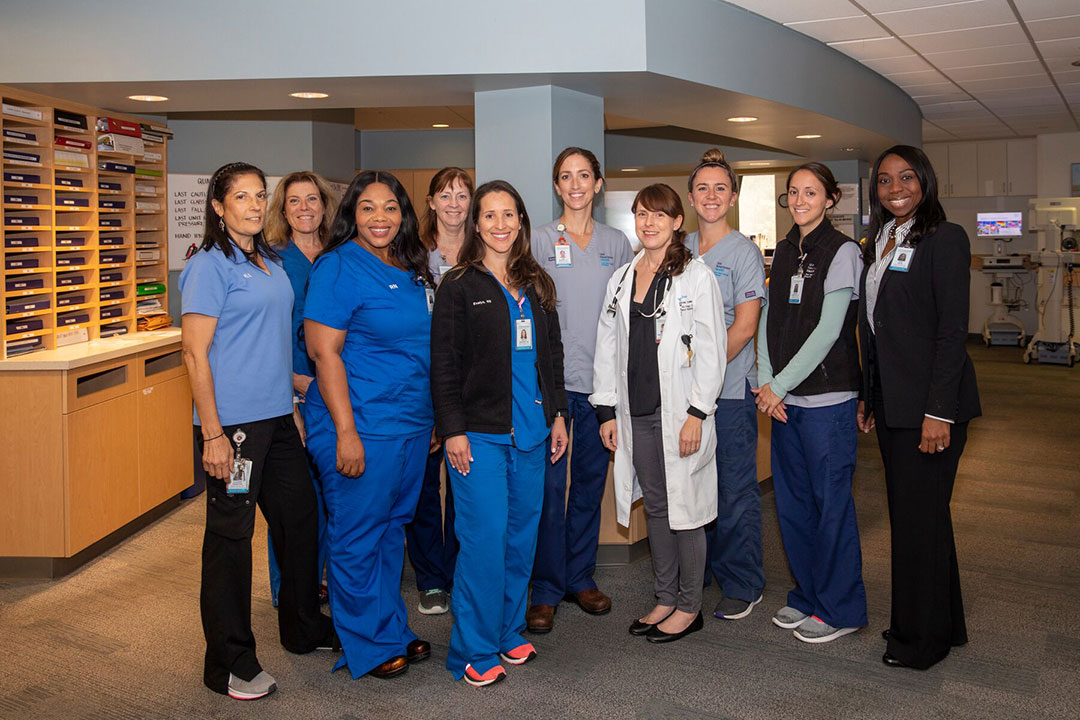
“We have people whose singular focus is to optimize the standards of care every day. These standards of care are then loaded into our Epic system, translating into the best protocols for nursing, physical therapy, pharmacy, radiology, and so forth.”
For patients, these changes have resulted in greater confidence in the quality of care. According to Diamond, the emergency department at Milford has seen a roughly five-fold increase in visits post-integration.
With the Milford integration, Senior Manager of Human Resources, Jeffrey Komornik also emphasizes the career opportunities that the move has created for those previously employed by Milford. “It’s not just the stability of working for a financially successful organization, it’s about the opportunity to move within the larger hospital if you want to. For instance, for a nurse who wants to delve into ICU – in the past, we had only one small 10-bed ICU at Milford, now they can look at two different ICUs over at Bridgeport or even expand over into New Haven or the rest of the Health System. It’s really opened up the career pathways for employees and that has greatly helped with morale.”
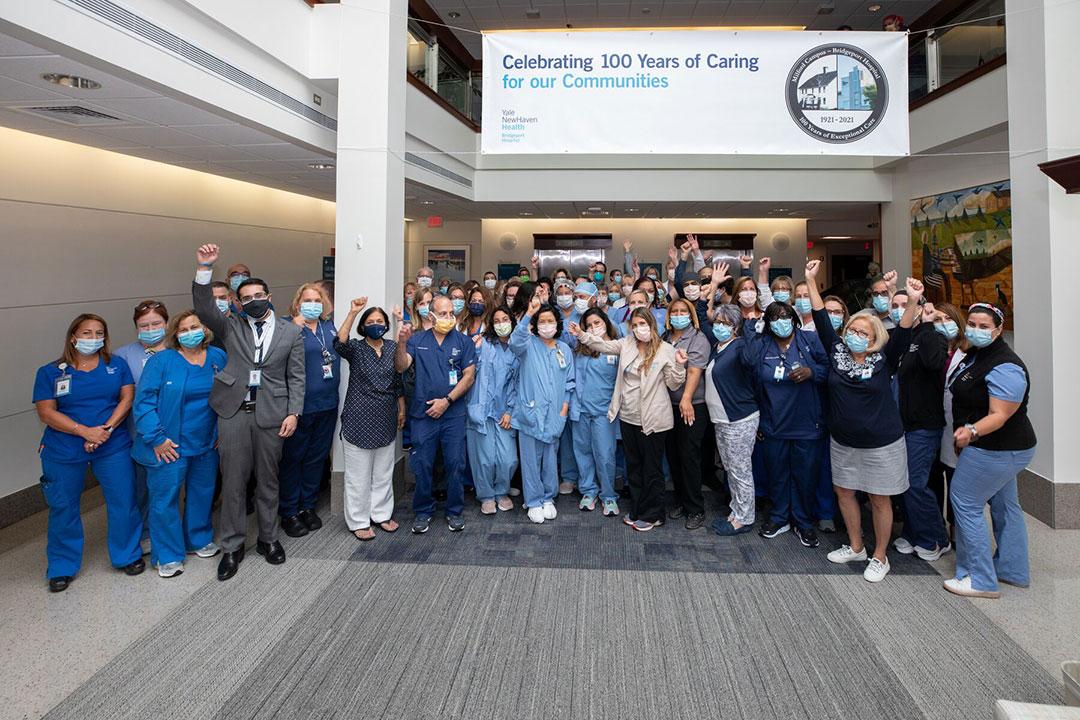
Relatedly, as new career doors have opened, Milford Campus of Bridgeport Hospital (as the hospital is now known) has also grown its patient base, and now serves almost 20 percent more patients on an inpatient basis and 35 percent more on an outpatient basis than in 2018, (the year prior to integration). Two off-site facilities that previously suffered from persistent vacancy levels have since been converted to house specialty providers. And specialty areas that were once nonexistent or lacked depth, such as psychiatry and infection control, have since grown and the quality there has also been enhanced.
The integration has enabled the Milford Campus – as well as LMH – to take advantage of best-in-class technologies that independent hospitals struggle to afford but are possible with the scale of a system. Within the first 100 days, the Milford Campus had not only transitioned over 600 employees, but had seamlessly moved to the Epic electronic medical records platform, the gold standard in electronic medical records.
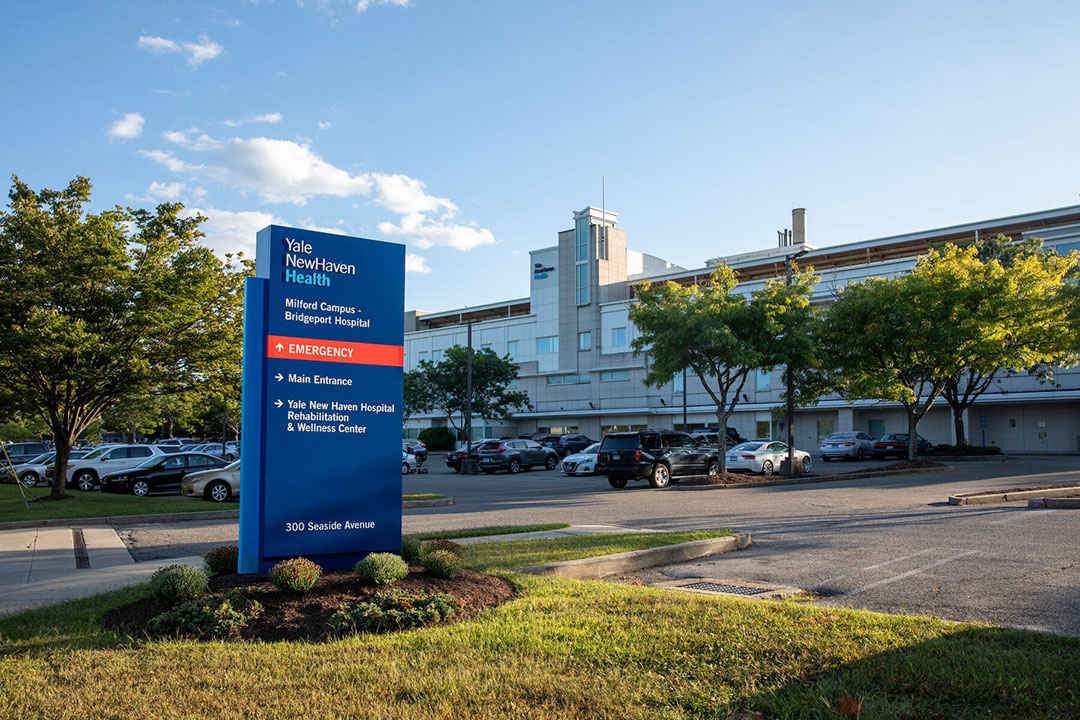
YNHHS’s investments also pertain to infrastructure improvements that are fundamental to the patient and employee experience and care delivery. “So much has gone into new boilers, repairing roofs and the physical plant that was aging,” as Komornik observes. “It’s about the behind the walls investments that nobody can see. Our facilities team is no longer putting band-aid fixes on things; they have access to up-to-date equipment and technology.”
A common theme across the integrations is investing inside as well outside of the hospital’s walls. Since the integration, and the creation of the Bridgeport and Milford campuses, there has been a significant uptick in community investment. Between 2019 and 2020 there was nearly a 30 percent increase in community benefits spending, with double-digit growth into the following year.
At L+M, Green points to a $50,000 investment that YNHHS made in a community garden at the outset of the integration. Such investments have endured over time and have been a source of morale and pride among employees. Partnership with the local community has been critical to the investment strategy.
As Green reflects, “One of the first things that we did is partner and connect with the local municipalities to get their feedback on how we should make these investments and advance the town’s mission in partnership.” And they have since executed on those recommendations.